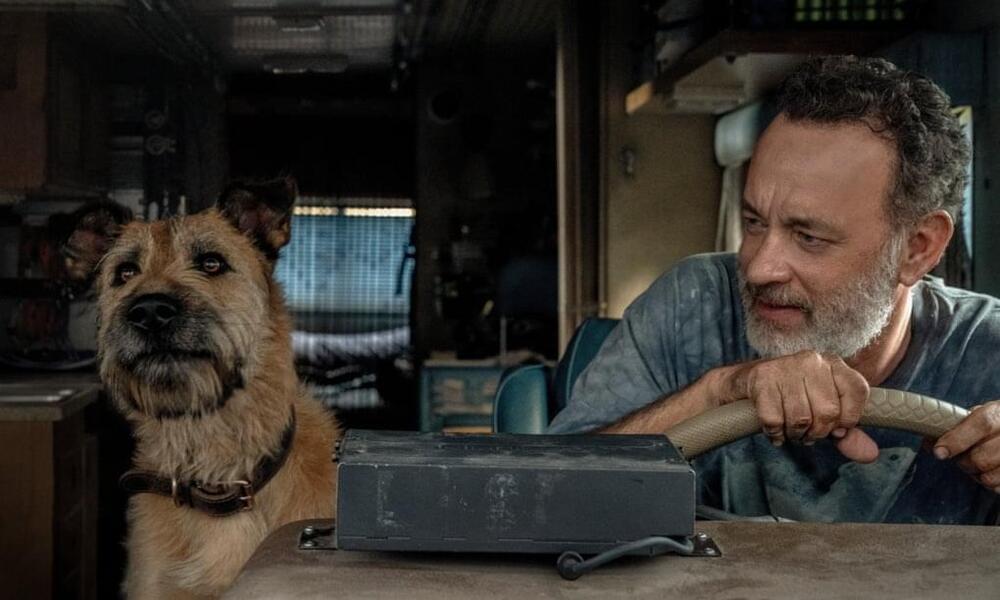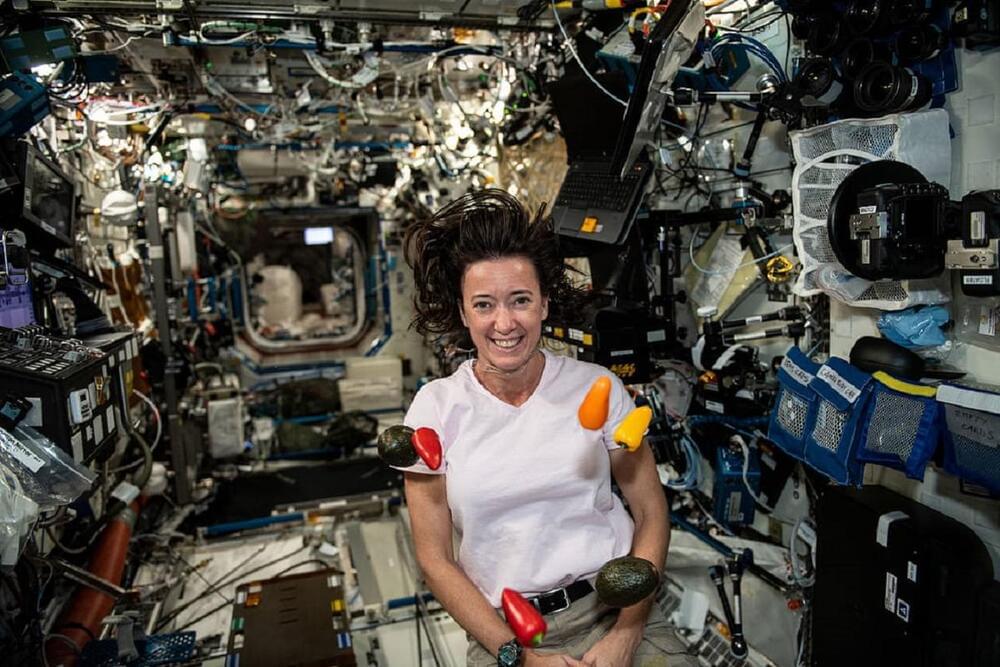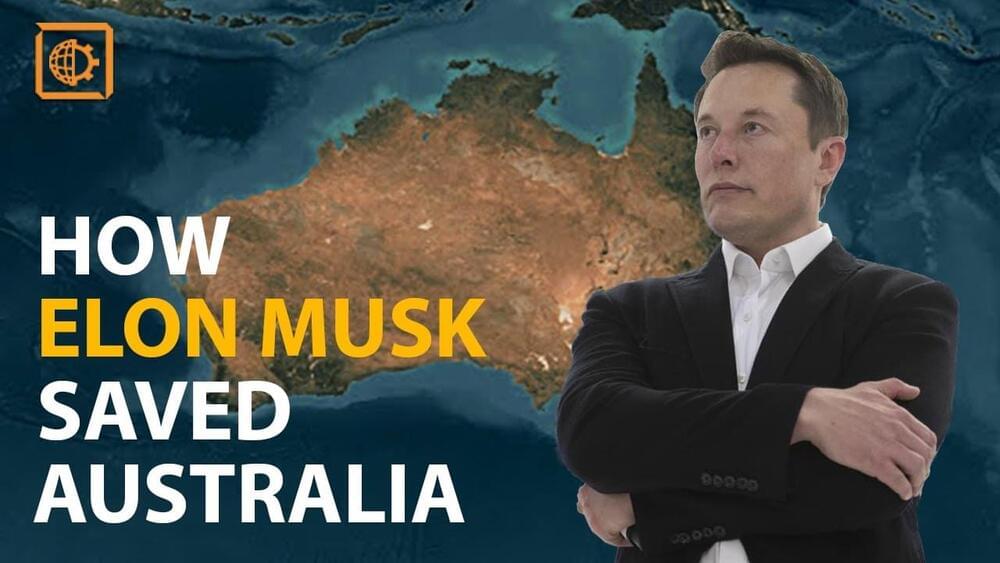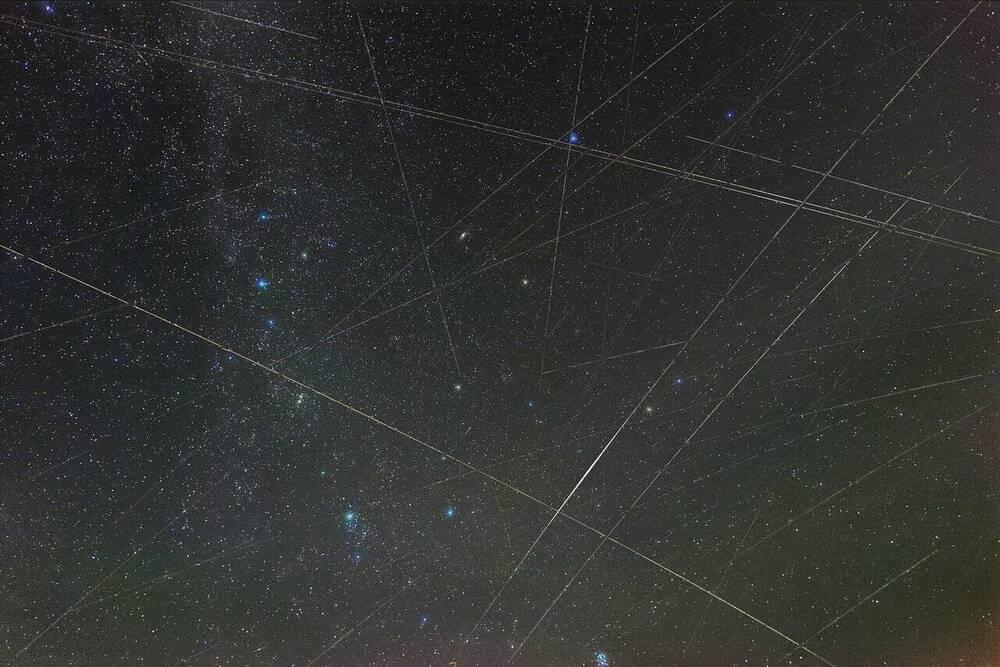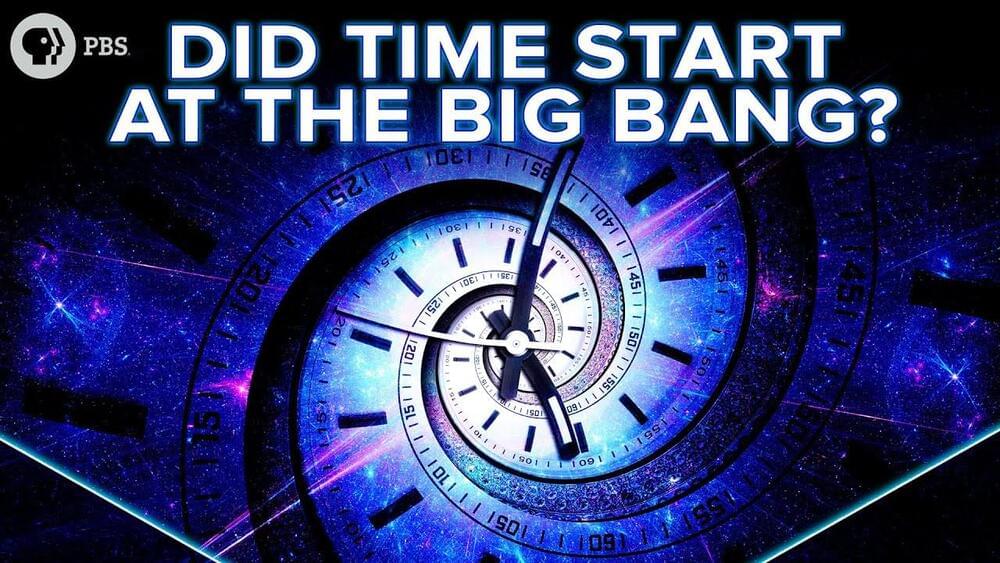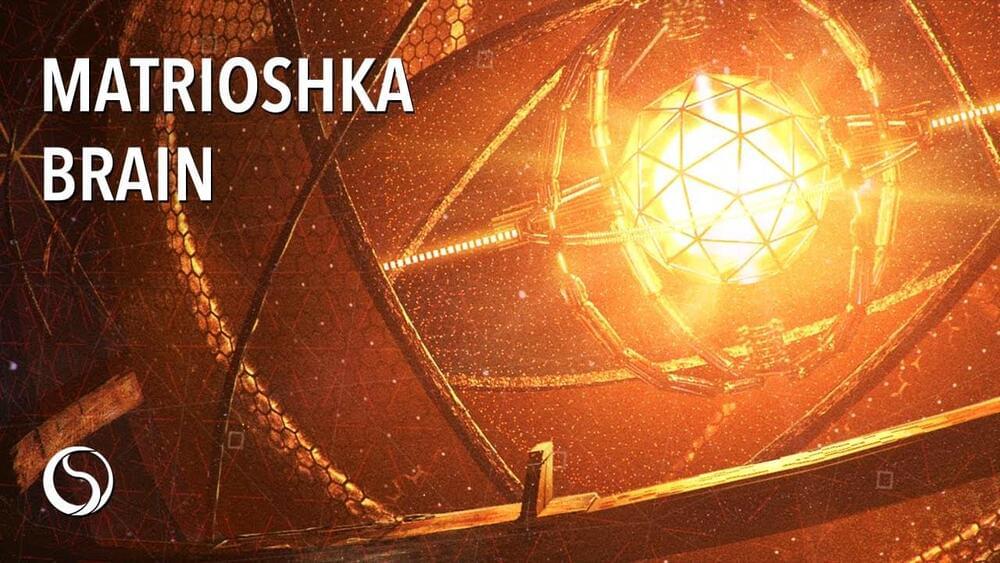Nov 6, 2021
Streaming: the best films about artificial intelligence and robots
Posted by Gemechu Taye in categories: entertainment, robotics/AI
A century of sci-fi films that chart our changing attitudes to AI — from Fritz Lang to Finch.
“Old-fashioned” is generally not a term you want to hear applied to science fiction, a genre from which one tends to expect the futuristic and unfamiliar. But old-fashioned is very much how Finch (Apple TV+) feels, and not just because of the reassuring elder-statesman presence of Tom Hanks in the title role: a post-apocalyptic drama built from the scraps of a thousand others before it, it’s about as nostalgically cuddly as a vision of a barren, desolate future can be. Hanks is seemingly the last surviving human on the planet; an inventor, he assembles an AI robot (voiced by Caleb Landry Jones) to mind his adorable dog when he’s gone. Awww.
Full Story:
